








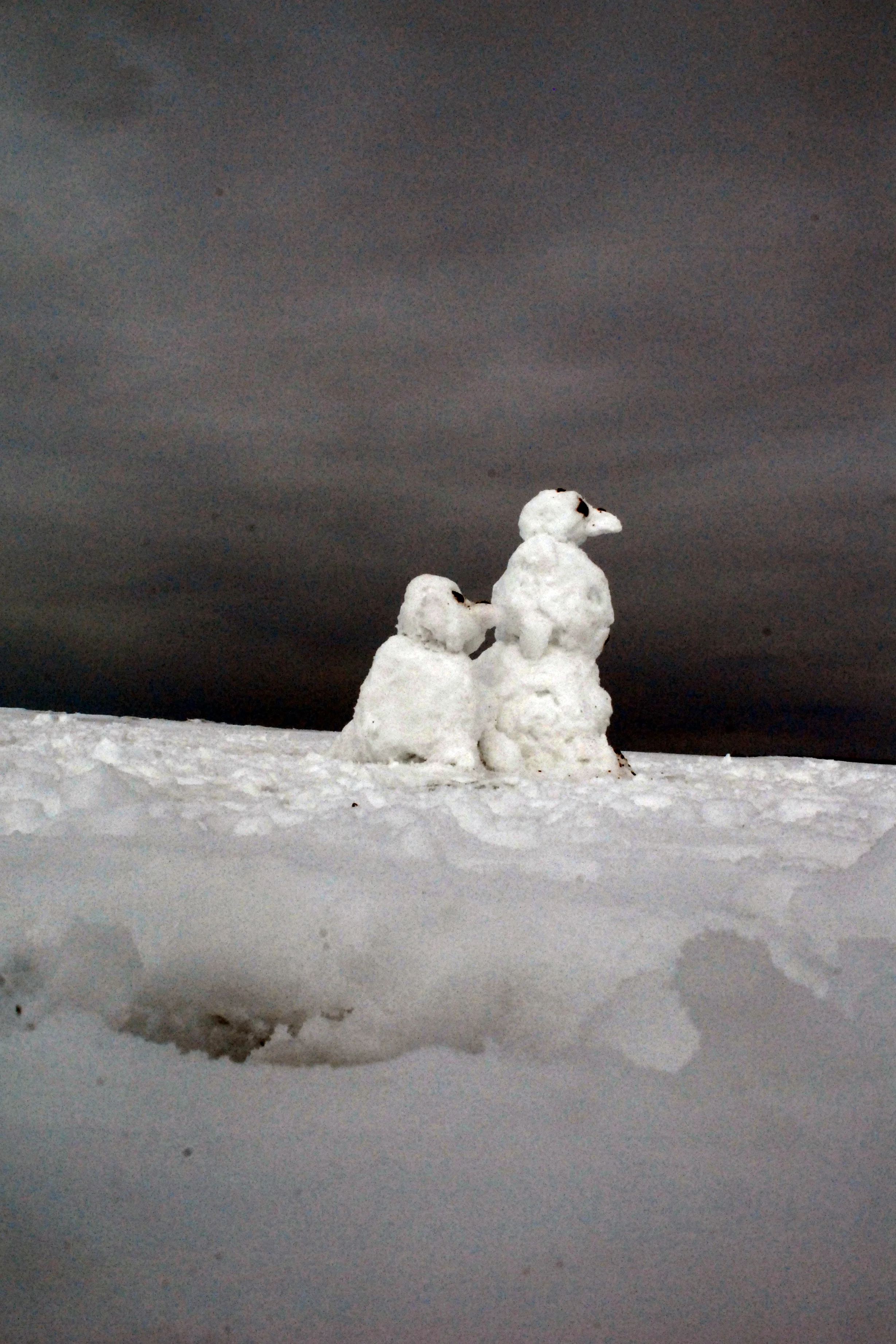







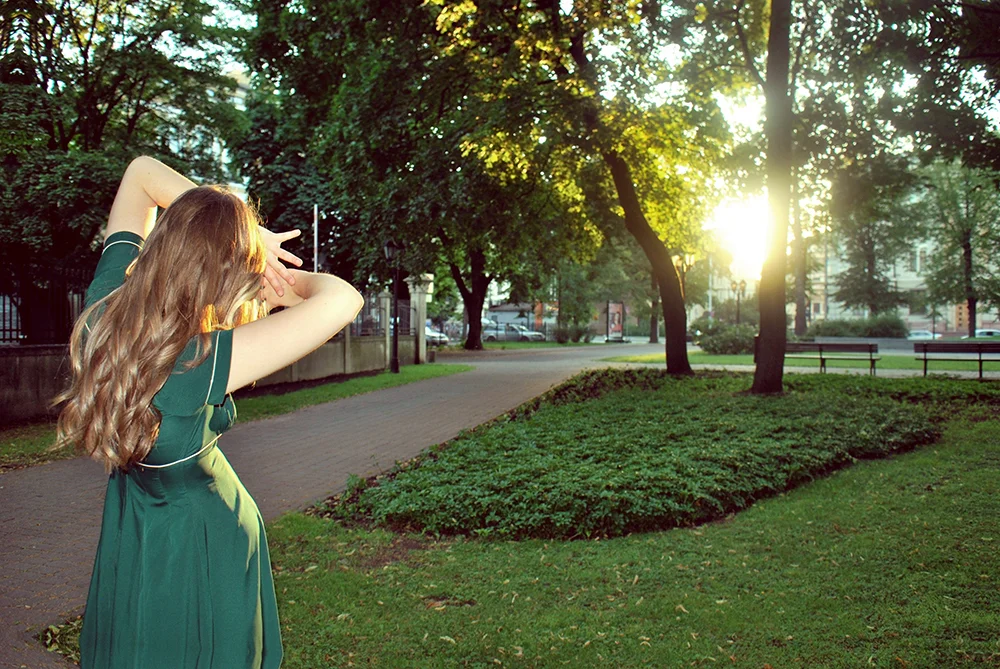

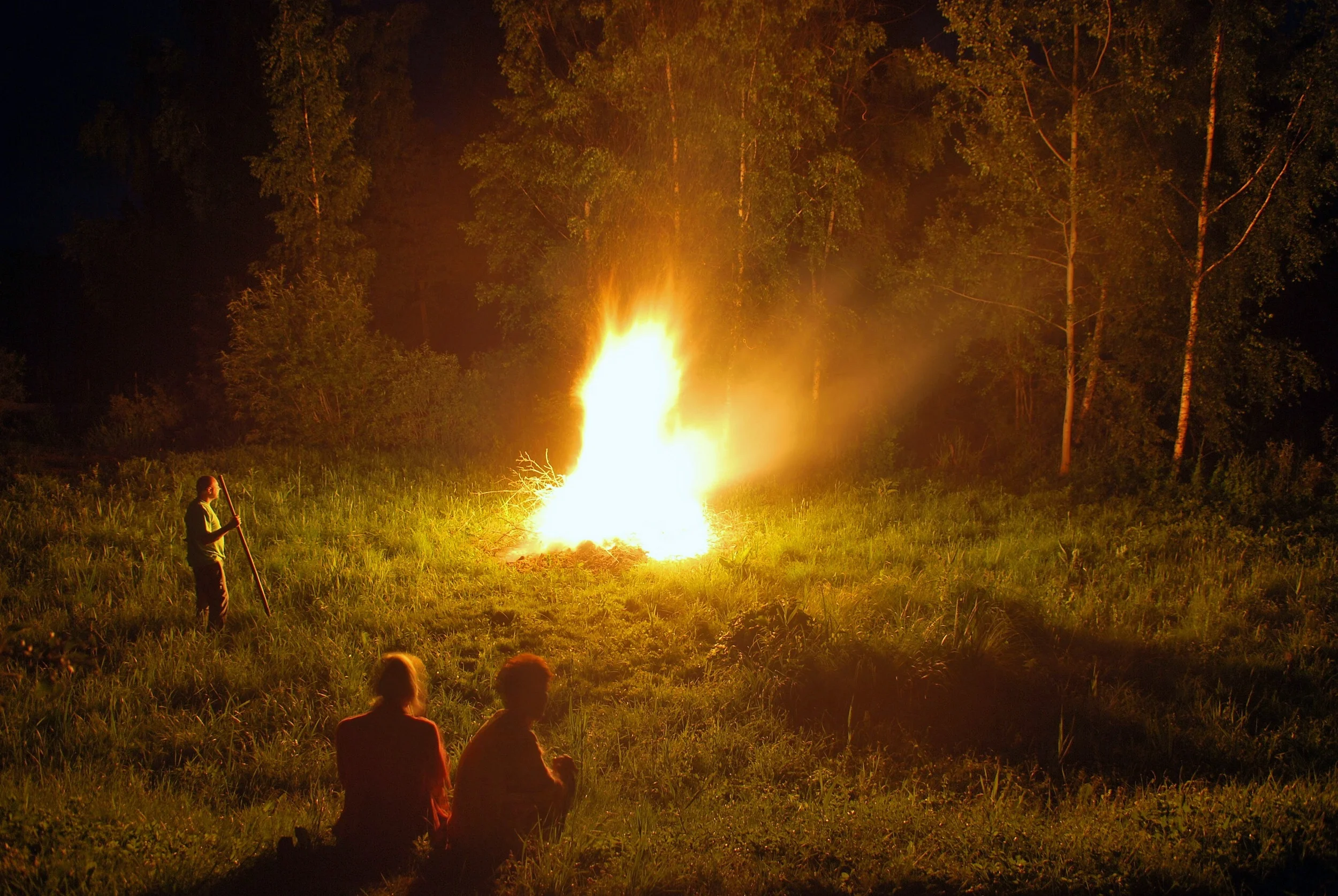




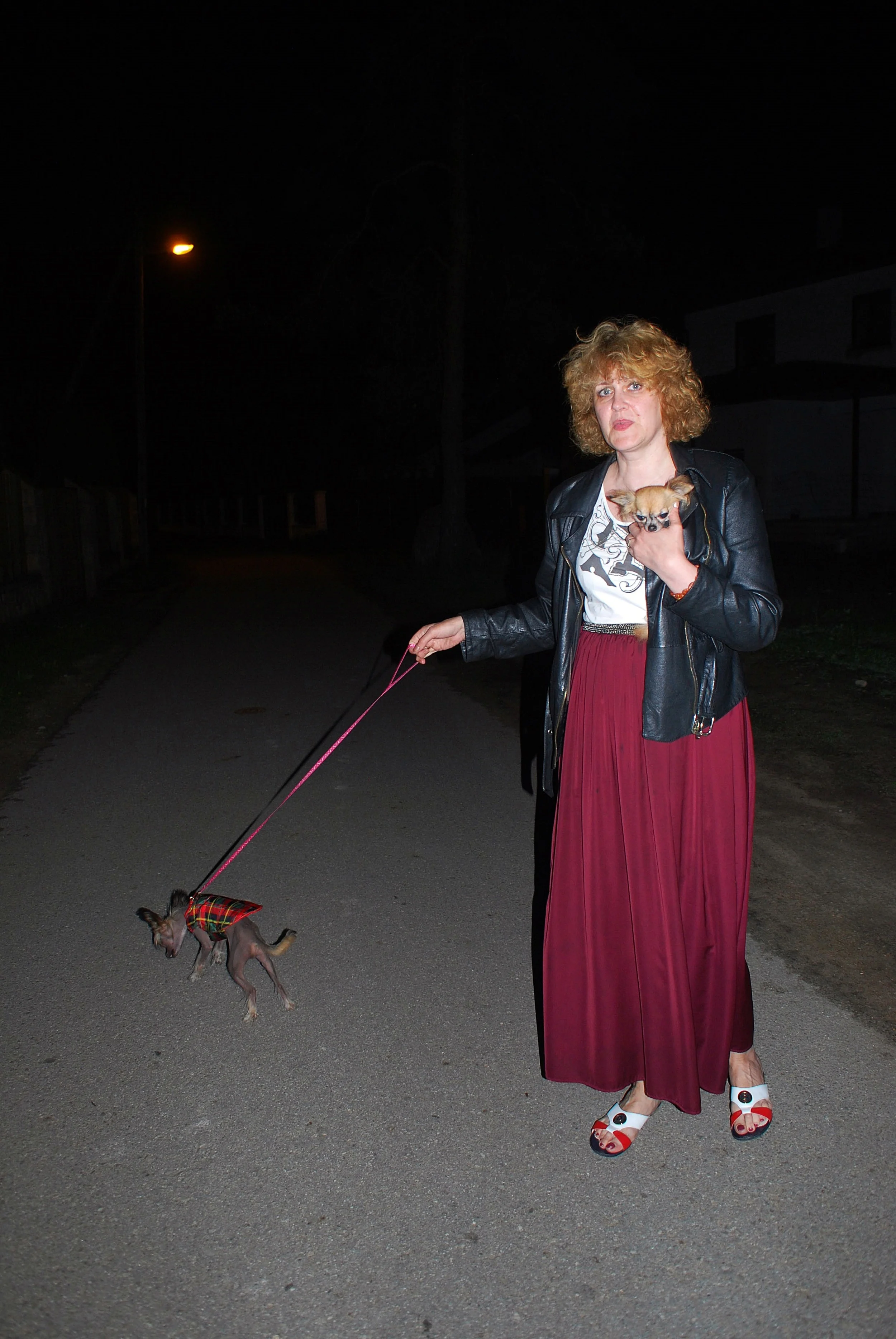
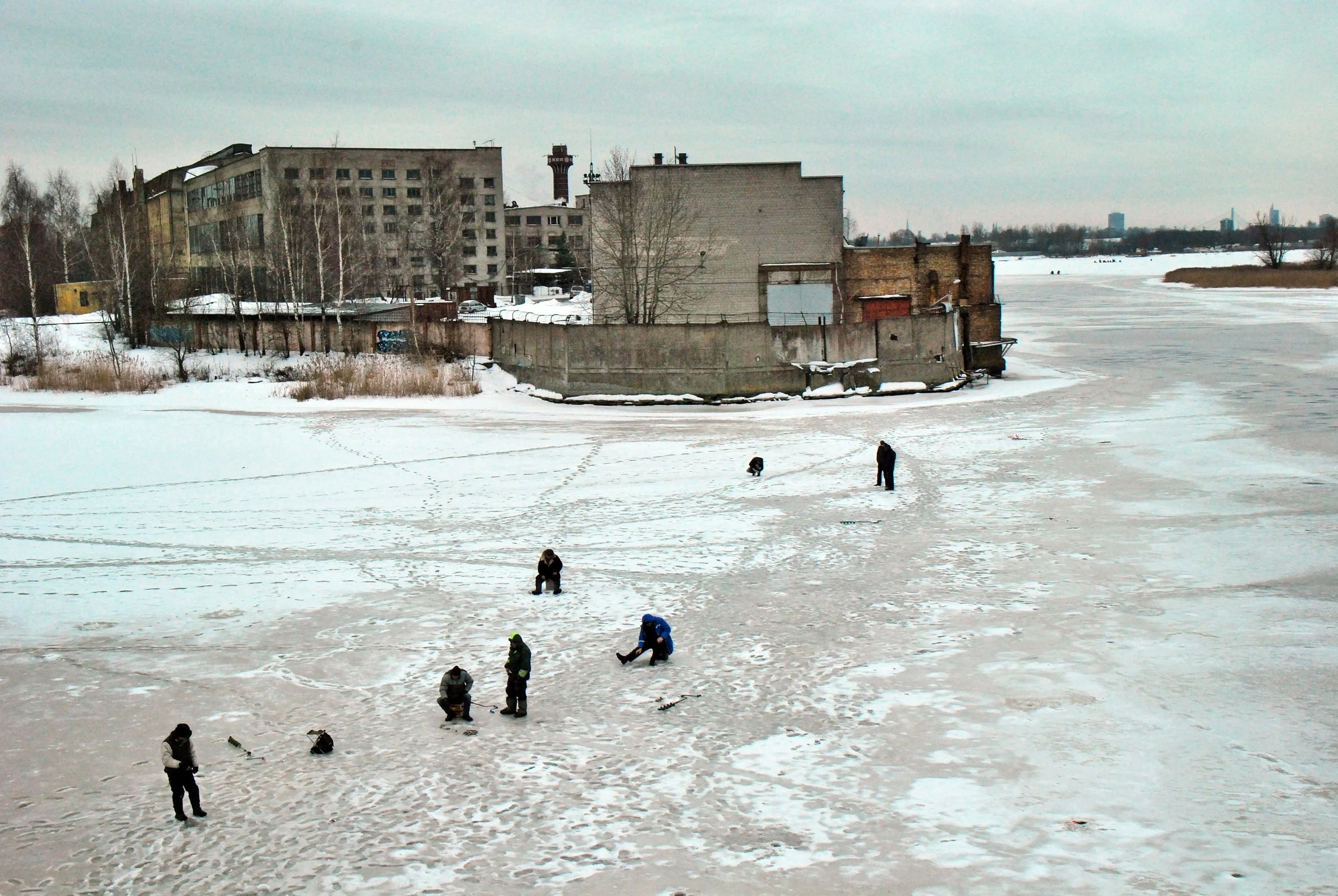












Your Custom Text Here

“Nav nepieciešams iziet no istabas. Paliec pie sava galda un ieklausies. Pat neklausies, tikai gaidi. Pat negaidi, tikai klusē un esi viens pats. Pasaule tev piedāvāsies, nomezdama masku, viņa nespēj citādi, kā vien svētlaimē izvīties tavā priekšā."
Francs Kafka
Sit Silently portrays outskirts of Latvia as well as the outlying moments of its capital centre. It reflects on silence in its aspect of contemplation, introverted rest, unpretentious celebration of life. At the same time the silence emerges as manifestation of dealing with inner dramas via the resignation. To remain silent representing a detached monument of inner resentment still seems to be quite common ways for this (Post- Soviet) territory, at least, the route, often travelled by the author.
Images tend to touch those points where contemporary Europe meets different layers of the past (like Soviet and National Awakening period in Latvia) which conflict and complement each other at the same time. Pictures capture author's urge for a slower time zone, sense of home and creativity of daily routines beyond the usual urban experience. While admiring peripheral moments with their own significance, values and feeling, author seeks to localize her own identity or core.
This reminds of a passage from Franz Kafka: You do not need to leave your room. Remain sitting at your table and listen. Do not even listen, simply wait, be quiet, still and solitary. The world will freely offer itself to you to be unmasked, it has no choice, it will roll in ecstasy at your feet.
“Nav nepieciešams iziet no istabas. Paliec pie sava galda un ieklausies. Pat neklausies, tikai gaidi. Pat negaidi, tikai klusē un esi viens pats. Pasaule tev piedāvāsies, nomezdama masku, viņa nespēj citādi, kā vien svētlaimē izvīties tavā priekšā."
Francs Kafka
Sit Silently portrays outskirts of Latvia as well as the outlying moments of its capital centre. It reflects on silence in its aspect of contemplation, introverted rest, unpretentious celebration of life. At the same time the silence emerges as manifestation of dealing with inner dramas via the resignation. To remain silent representing a detached monument of inner resentment still seems to be quite common ways for this (Post- Soviet) territory, at least, the route, often travelled by the author.
Images tend to touch those points where contemporary Europe meets different layers of the past (like Soviet and National Awakening period in Latvia) which conflict and complement each other at the same time. Pictures capture author's urge for a slower time zone, sense of home and creativity of daily routines beyond the usual urban experience. While admiring peripheral moments with their own significance, values and feeling, author seeks to localize her own identity or core.
This reminds of a passage from Franz Kafka: You do not need to leave your room. Remain sitting at your table and listen. Do not even listen, simply wait, be quiet, still and solitary. The world will freely offer itself to you to be unmasked, it has no choice, it will roll in ecstasy at your feet.





































